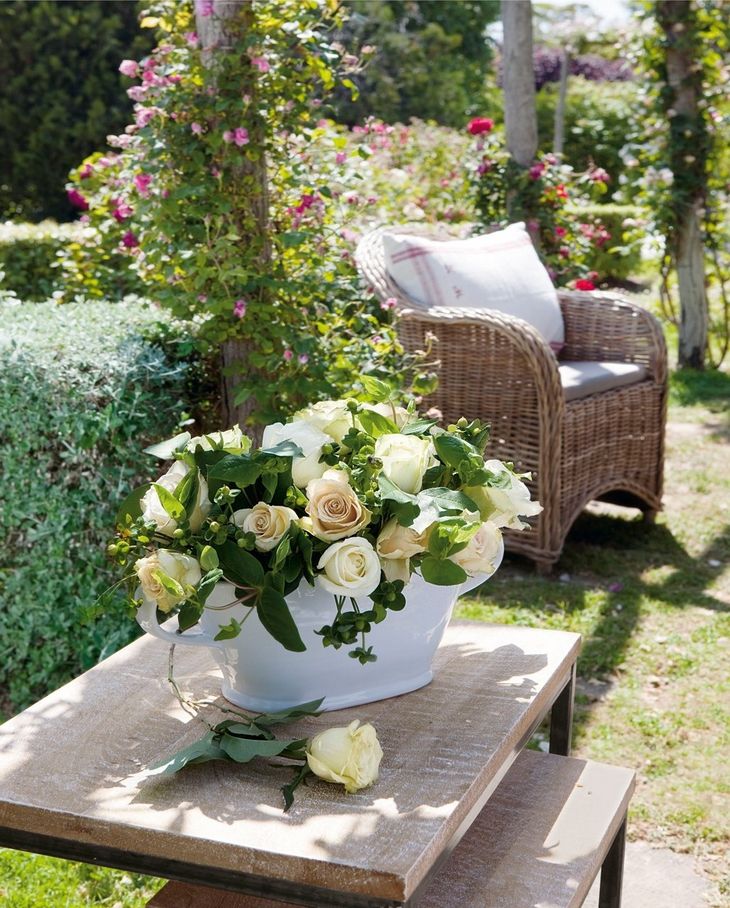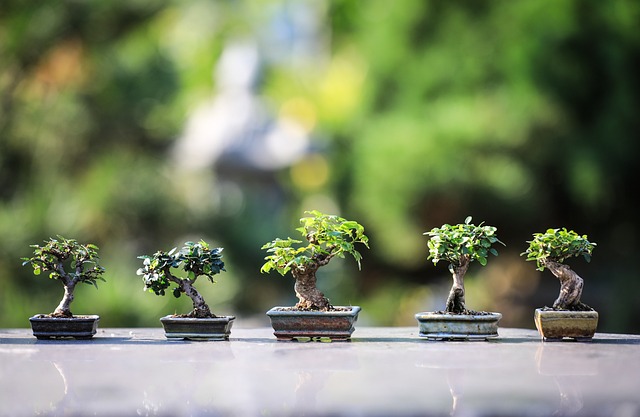In our restless world, sometimes you want a completely different rest: take a short break, think about what you’ve done, and dream about the future. Nature disposes of such reflections, and today we will tell you how to equip a zone for meditation and secluded relaxation in an eco-style. How to create an area in your garden for meditation and secluded relaxation in eco-style?
We can replenish our resources, both moral and physical. The more comfortable we are in our garden, the faster the restoration process will go. A cozy garden will help you recharge with positive emotions for a long time.
The more natural the environment, the friendlier it is to humans. The more energy and vitality we can draw from being in such a pristine environment.
The first step. Choosing a place and size
Before you start marking the site, make sure that you are on the right track, and that the eco-idea suits the exterior of your house, lifestyle, and attitude.
It is advisable to place a platform for a secluded rest away from other zones and buildings. And, for sure, this place should not be clearly visible. Ideally, you manage to organize a meditation area under the crowns of trees in the depths of the garden. Your task is to create a “green room” in eco–style.

The zoning of the site should be smooth, unobtrusive. Take a closer look at nature: a forest or a valley does not end abruptly but flows into a different landscape gradually. It should also be on your site. Separate the zones from each other with a tall tree, a couple of bushes, and a natural hillock. Avoid straight lines and the uncharacteristic symmetry of living nature.
The size of such a zone can be any, depending on the size of the site and the function of the site. And if it is, for example, a yoga area + a tea area, they will occupy a much larger area.
The second step. We fill it with the main elements. How to create an area in your garden for meditation and secluded relaxation in eco-style?
First, you need to create a sense of security. Trees or tall shrubs are well suited for this purpose. Thuja, spruce, turf, lilac, oak, maple – choose plants with which you have positive associations.
Then we move on to the middle tier of plants. It can be any coniferous or deciduous shrub.
Be sure to add your favorite perennial plants (or annuals to the pots). Since this area is isolated from the rest of the site, it is possible to place flowers in a different range here.
Wildflowers can and should be combined with bulbous, simple, non–selective – wild lilies of the valley, and irises. But they should grow in nature strips or islands.
The best flower garden in eco-style is a mixture of decorative cereals, spicy herbs, and simple buttercups-forget-me-nots.
Include conifers in the landscape if you want the plot to be green at any time of the year. Conifers, plus everything else, will secrete phytoncides that suppress pathogenic microorganisms and scare away pests. Dwarf pines, junipers, and conifers are in good agreement with the rugged and rocky terrain, with heather bushes, blueberries, and rose hips.
Remember about the place to sit (or lie down). It can be a garden chair, a bench, or even a flooring on which you put pillows or a yoga mat.

The third step. Decorating the space
Decor elements in eco-style can be made of wood, stone, and glass. Their main task is to evoke positive thoughts and emotions in you, to awaken good memories, and to energize.
As for gazebos, benches, and barbecue areas, on the one hand, all this does not grow in the forest or in the field, therefore it cannot be considered part of the ecology. On the other hand, without such items, the garden becomes just a fragment of nature, losing its share of comfort and functionality.
Compromise – simple, unpainted wood and untreated stone structures. Instead of a gazebo, there is a hut or a canvas canopy draped over trunks and sawn-offs. Instead of a barbecue, there is a hearth located at the farthest point of the garden. Instead of chairs and benches, there are stumps and adapted decks.

Garden furniture should not be comfortable; it’s just that all accessories must meet the natural style and not get out of the surrounding picture. Minimally processed wood, vine, and stones are the best raw materials for the production of eco-furniture.
Nature is self-sufficient and, in principle, does not need decoration. But without original, decorative touches, the eco-site will be too trivial and even a little boring.
Stumps and cuts have enormous potential. They can be easily transformed into garden furniture and decorative items – a kind of flowerbeds. And to make these flower beds look natural, instead of flowers, plant mushrooms, moss, or ferns in them.
Colorful driftwood will cope with the role of garden sculptures on an eco-site – if, of course, a plot with a bias in the forest style.
Water
There is nothing more relaxing than watching the water. You can create a “mirror” of water. It can be a bowl of water, a small pond, or a drinking bowl for birds. You can also use water in motion. For example, a small stream, bubbling water, a cascade of stones.
It is very important not to overdo it with water bodies. There should be no active movement, loud sound, or pump noise.
A pond on an eco-site must look as if it was created by nature. Populate the excavated pond with water lilies, duckweed, and frogs, and disguise the intervention of hands so that your pond becomes an organic link to the local ecosystem.

Visual point of attraction
Contemplation allows you to immerse yourself in your inner world. Therefore, you need to install something in the recreation area that you will contemplate. It can be a water object, a nivas tree, an art object, or a flower garden of continuous flowering.
Aroma, sound
We remember all the senses. Think about what sounds and aromas relax you. What makes you feel peaceful? There is no universal recipe here, because someone likes the rustle of cereals, and someone likes the ringing of bells. Someone loves the smell of mint, and someone can’t stand the aroma of hydrangeas. Choose for yourself.
And again, plants will come to our aid. But this time we will use their fragrance. People are arranged in such a way that unobtrusive smells, which are associated with the happy moments of our life, can immerse us in this mood again and again. When is a person happiest? Of course, as a child! Plants will bring back a sense of security and cause a lot of pleasant memories.

If such a fragrance is associated with happy moments in your life, then use it to cheer up. In the same way – thanks to a combination of different plants – you can “create” any smell that evokes pleasant associations.
With the help of plants of different colors, we can create a zone for meditation with different emotional loads. Even if a person gets into such a zone in a sad mood, then you can replenish your strength quickly enough.
Personal space. How to create an area in your garden for meditation and secluded relaxation in eco-style?
The area for a secluded rest, like no other, should be personal. Try to create a special atmosphere close to you. It will be great if it reminds you of a pleasant trip (the streets of Cyprus, a Greek cafe).
The noise of the wind, the flow of water, watching the burning fire – all this helps to relax and unwind. Fortunately, you can find a huge number of options. Wind noise can be simulated using various windmills, and kinetic art objects. They will create the effect of serenity, lightness, and infinity. In addition to the pleasant sound, they will decorate your meditation zone.
By creating a nature garden, you give life not to an object, but to a multi-faceted being, which, if done correctly, will breathe and develop independently of your will, without regard to time and everyday vanity.
Arrange objects that gently affect the senses, help in the practice of meditation and turn the garden into a special space.



